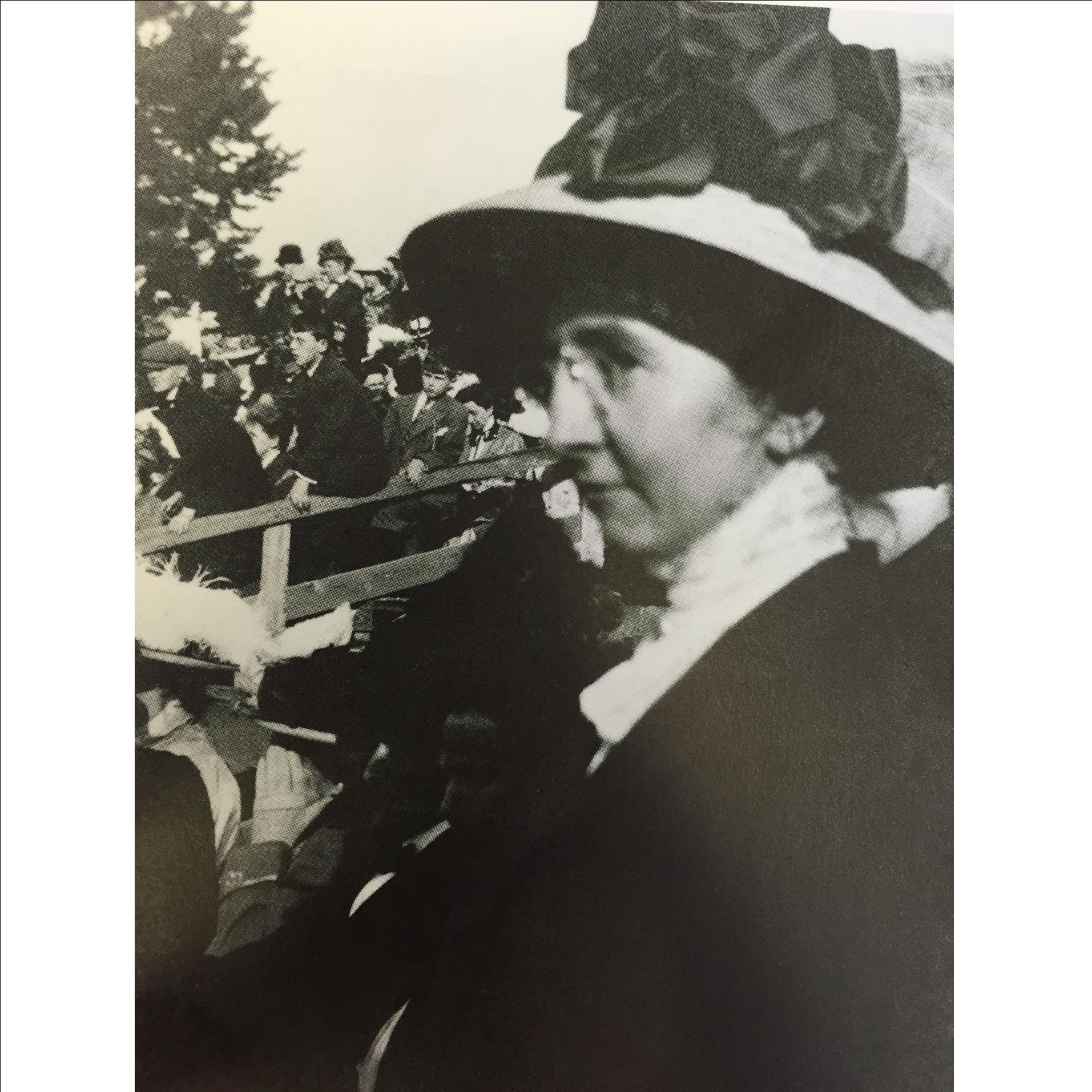
Onondaga Historical Association is home to hundreds of works of art, something not usually associated with a history museum’s collection. From oil portraits of Abraham Lincoln (by George Knapp) to watercolors of Columbus Circle (Betty Munro), OHA has a little bit of everything. But, what is often left out are the stories behind a piece of art – Who was the artist? How did it get to OHA?
In a new segment we’re calling “Artwork Wednesday,” OHA will dive into its collection of art, featuring a new piece each week and telling its story.
This week’s pick is Old Court House in pen and ink by Louise Shrimpton (1870-1954)

1. Stickley made Craftsman curtains, wall hangings and table scarves, such as this, designed around 1904, with simple, subtly tinted patterns. Here, a ginkgo design by Louise Shrimpton enhances the look of the 72-by-20-inch linen. Crab Tree Farm.
The Artist: Born in 1870, Louise Shrimpton was an author and artist. She was a graduate of the School of the Museum of Fine Arts in Boston where she focused on studio art. Shrimpton was employed at the Craftsman Workshop working for Gustav Stickley in the early 20th century. Stickley hired women for prominent positions in his company, but, like many other companies, many designers were often not given public credit for their designs. Shrimpton has recently been acknowledged for her design contributions to the Craftsman Workshop (figure 1) in a number of publications and books. Shripmton was also a charter member of the Print Club of Syracuse, which later changed its name to the Syracuse Printmakers in 1940. The Print Club began meeting at the Syracuse Fine Arts Museum (now the Everson Museum of Art) on the Carnegie Library’s third floor around 1932.
 The Painting: Shrimpton was known for her etchings and pen and ink drawings like this one of the old court house in Clinton Square. This building was the third courthouse, built in 1856 by Horatio Nelson White who designed many of Syracuse’s most prominent buildings. The fourth courthouse, built in 1905, now stands just down the street from OHA in Columbus Circle.
The Painting: Shrimpton was known for her etchings and pen and ink drawings like this one of the old court house in Clinton Square. This building was the third courthouse, built in 1856 by Horatio Nelson White who designed many of Syracuse’s most prominent buildings. The fourth courthouse, built in 1905, now stands just down the street from OHA in Columbus Circle.
How it got to OHA: In one of Onondaga Historical Association’s earliest juried art exhibitions (1942), her pen and ink sketch won 2nd prize in the “graphic art class.” Two years later, on March 13th, 1944, Shrimpton donated the piece to OHA

